BNN 블룸버그의 AI 대화 속으로: Brask의 CEO, 마리아 치미르 인터뷰
최근 BNN 블룸버그와의 인터뷰에서 브라스크의 CEO이자 설립자인 마리아 치미르는 진행자 앰버 칸와르와 페이지 엘리스와 함께 생각을 자극하는 토론에 참여했습니다. 두 사람은 AI 기술, 딥페이크, 그리고 이를 둘러싼 윤리적 고려사항의 세계를 탐구했습니다.
여기에서 인터뷰 전문을 시청할 수 있습니다.
AMBER: 마리아 치미르는 Brask의 CEO이자 설립자입니다. 마리아, 정말 감사해요. 정말 고생 많으셨어요. 여러분도 모르게 딥페이크가 될까 봐 걱정하시는데, 사실 20분 동안 앉아서 연설을 해야 했어요! 페이지도 마찬가지였죠. 사실 딥페이크는 그렇게 쉽지 않나요?
MARIA: 안녕하세요, 앰버! 오늘 여러분과 함께하게 되어 정말 감사해요. 과정은 정말 순조로웠어요. 말씀하신 것처럼 자신을 딥페이크하고 싶다면 자신의 감정과 신원을 담은 20분 분량의 동영상만 있으면 신경망이 외모와 목소리를 대체할 수 있습니다.
AMBER: 이러한 이미지가 어떻게 사용될 수 있는지에 대한 우려와 함께 금기시되는 부분이 있다는 것을 알고 계실 겁니다. 그래서 이걸 서비스로 제공하는 명백한 비즈니스를 구축했다는 점이 흥미롭습니다. 누가 이 서비스를 사용하고 있는지, 누가 이 작업을 위해 여러분을 찾아오는지 알려주세요.
MARIA: 저희는 양쪽 시장 모두와 협력하고 있습니다. 제작사와 스튜디오뿐만 아니라 탤런트 매니저와 배우를 위한 서비스도 제공하려고 노력하고 있습니다. A급 배우, 유명인뿐만 아니라 그들의 언더스터디도 마찬가지입니다. 아시다시피 현재로서는 사람의 카리스마를 대체하는 것이 불가능하기 때문입니다. 그렇기 때문에 우리는 언더스터디와 함께 일해야 하며, 이는 양측 모두에게 윈윈입니다.
페이지: 이 문제는 이번 파업 기간 동안 매우 논쟁적인 이슈였으며, 특히 배우들의 파업이 두드러졌습니다. AI가 어떻게 배치되어 배우들에게 해를 끼칠 수 있는지에 대한 우려가 제기되었습니다. 이러한 우려에 대해 어떻게 대응하고 있나요?
MARIA: 물론 글로벌 AI 기업의 CEO로서 새로운 기술을 긍정적으로 바라보고 있습니다. 하지만 저희 팀은 배우를 보완하는 도구이지 배우를 대체할 수 있는 도구는 아니라고 생각합니다. 브라스크 더블즈는 배우들이 새로운 상업적 기회를 찾을 수 있는 방법입니다. 앞서 말했듯이 A급 배우들은 한 번에 여러 프로젝트에 참여할 수 있습니다. 한편, 알고리즘이 작동하는 데 필요한 스턴트 더블의 막대한 기여로 더 많은 주문을 받을 수 있습니다. 스튜디오와 독립 프로덕션의 경우 비용을 최적화할 수 있는 서비스를 제공하고 있습니다. 이는 시장 전체에 정말 좋은 기회이며, 이 서비스가 시장의 새로운 표준이 되기를 바랍니다.
앰버: 그럼 어떤 규칙을 준수하고 계신지 말씀해 주세요. 라이선스 문제, 저작권 문제, 초상권 문제 등 오용되지 않도록 하기 위해 스스로 준수하는 원칙은 무엇인가요?
MARIA: 이 기술이 시장뿐만 아니라 사용자들에게도 위험할 수 있다는 점에 전적으로 동의합니다. 저는 제너레이티브 AI에 대해 이야기할 때 우라늄이라는 비유를 자주 사용합니다. 우라늄은 핵심 요소일 뿐입니다. 그리고 제너레이티브 AI의 핵심은 매혹적인 크리에이티브 콘텐츠를 만드는 새로운 방법을 위한 순수한 에너지를 제공할 수 있습니다. 동시에 오해를 불러일으키는 무기가 될 수도 있습니다. 그래서 제가 정상화에 대해 이야기했을 때 유명인과 탤런트 매니저, 노조가 이 기술을 정상화할 수 있도록 도와주길 바란다는 의미였습니다. 그리고 이러한 정상화가 이루어지면 우리는 이 기술을 좋은 목적으로 활용하게 될 것이고, 다음 단계는 규제가 될 것이라고 생각합니다. 물론 이 기술을 어떻게 선하게 사용할 수 있는지에 대한 규칙을 함께 만들어야 하기 때문입니다.
AMBER: 그리고 클립에 일종의 디지털 서명을 각인해서 이런 사실을 알아낼 줄 아는 사람들이 '진짜 내가 아니다'라는 것을 알 수 있게 하나요?
MARIA: 라벨링은 우리가 현재 제너레이티브 콘텐츠와 접촉하고 있다는 것을 인식할 수 있는 가장 좋은 방법 중 하나라고 생각합니다. 네, 물론 사용할 수 있습니다. 또한 메타나 스냅챗, 기타 소셜 미디어 플랫폼과 같은 대형 플랫폼이 어떤 콘텐츠가 GenAI의 도움을 받아 만들어졌는지 파악하는 데 도움을 주었으면 좋겠습니다. 이 또한 라벨링이 아니라 기술을 인식하는 것이 매우 중요합니다.
페이지: 사망한 유명인의 유족과 대화를 나눠본 적이 있는지 궁금합니다. 엘리자베스 테일러를 소재로 한 영화가 나올 수 있는 가능성, 이전에 볼 수 없었던 새로운 영화가 나올 수 있는 가능성 말이죠. 그런 대화를 나눈 적이 있다면 어떤 종류의 우려를 제기했나요?
마리아: 네, 친척들과 이런 대화를 나눴어요. 돌아가신 유명인의 권리에 대해 이야기하는 것이기 때문에 친척들에게 그런 방식으로 작업할 의향이 있는지 물어봐야 합니다. 그리고 지금 우리는 이런 종류의 딥페이크가 포함될 다큐멘터리 영화, 정말 멋진 다큐멘터리 프로젝트를 만들고 있습니다. 하지만 이 프로젝트는 위대한 역사적 인물을 스크린에서 새로운 형식으로 다시 볼 수 있기 때문에 전체 시장에 매우 유용 할 것이라고 생각합니다. 상상만 해도 매우 흥미롭습니다.
이 주제에 대해 더 자세히 알고 싶으신가요? 다음 링크를 통해 브라스크 더블즈에 대해 자세히 알아보고
제너레이티브AI의 윤리'에 접근하세요.
Brask는 디지털 이중 언어에 대한 선구적인 작업을 넘어 AI 기반 콘텐츠 로컬라이제이션 분야를 선도하고 있습니다.
Rask AI는 원본 음성의 톤을 그대로 유지하면서 동영상을 130개 이상의 언어로 손쉽게 번역할 수 있는 도구입니다.
AI 기술이 발전함에 따라 Brask는 책임감 있는 기술 혁신의 최전선에 서 있습니다. 앞으로 더 흥미로운 개발 소식을 기대해 주세요!

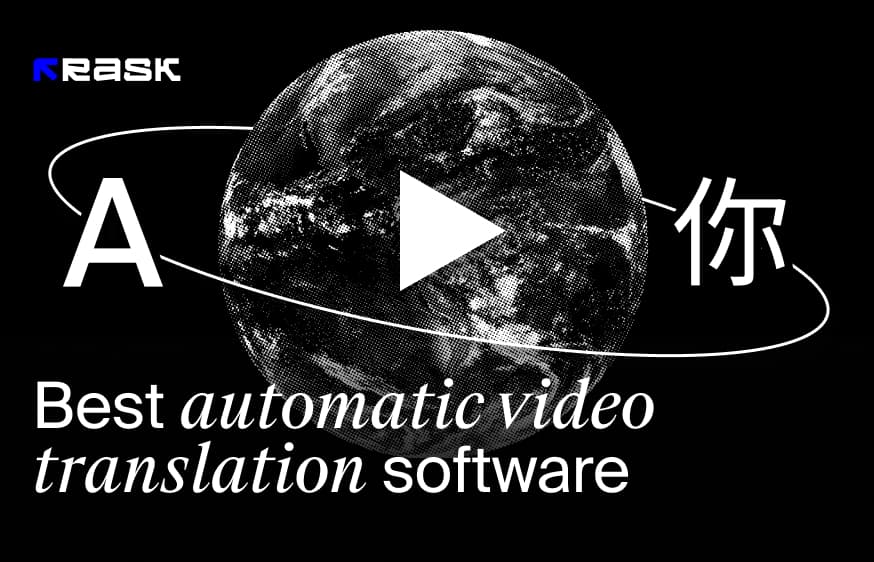
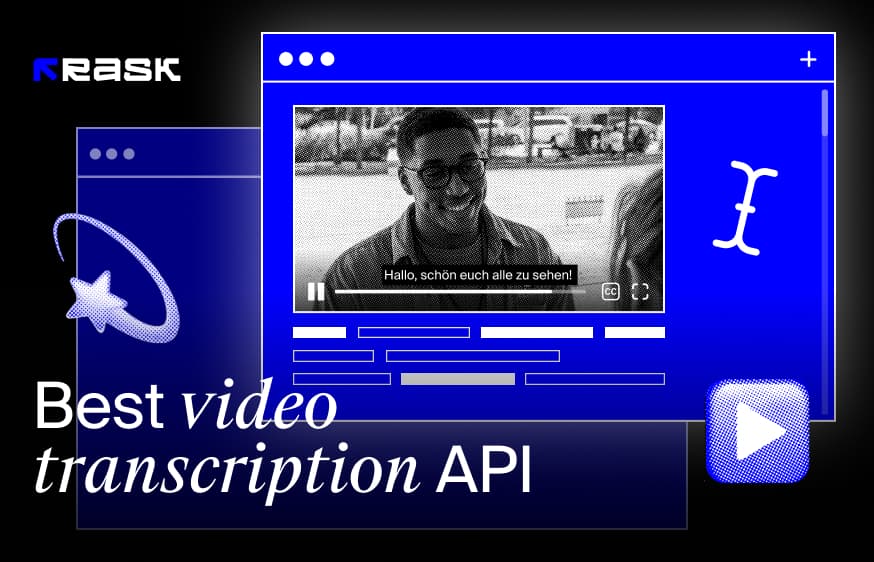
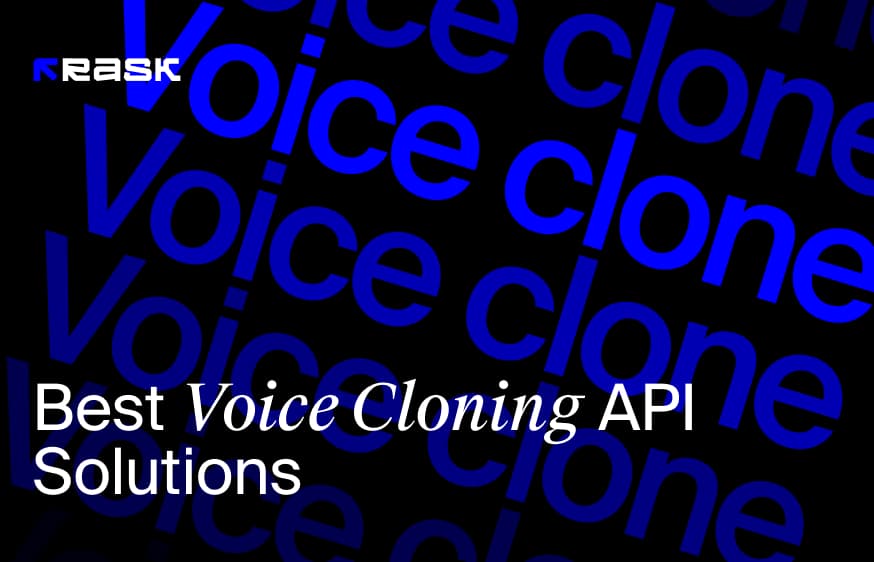
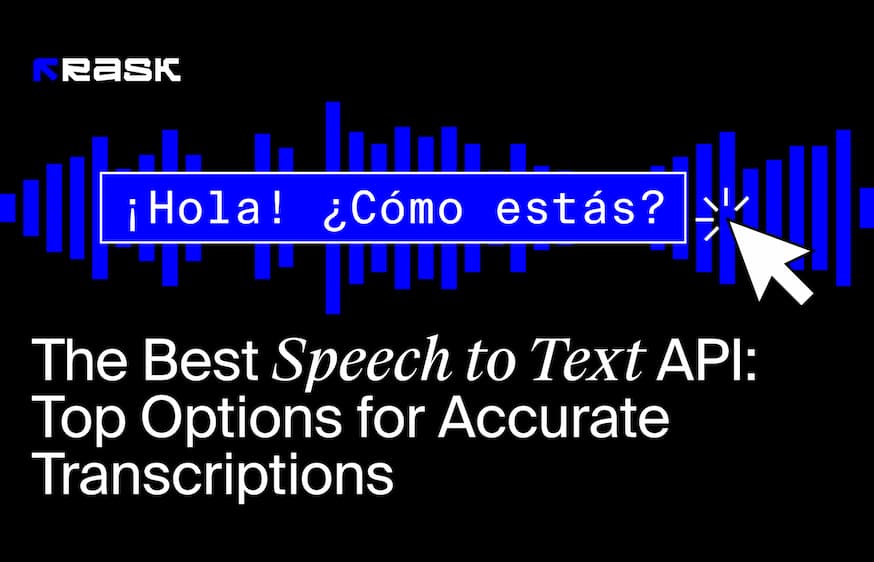

.jpg)
.webp)
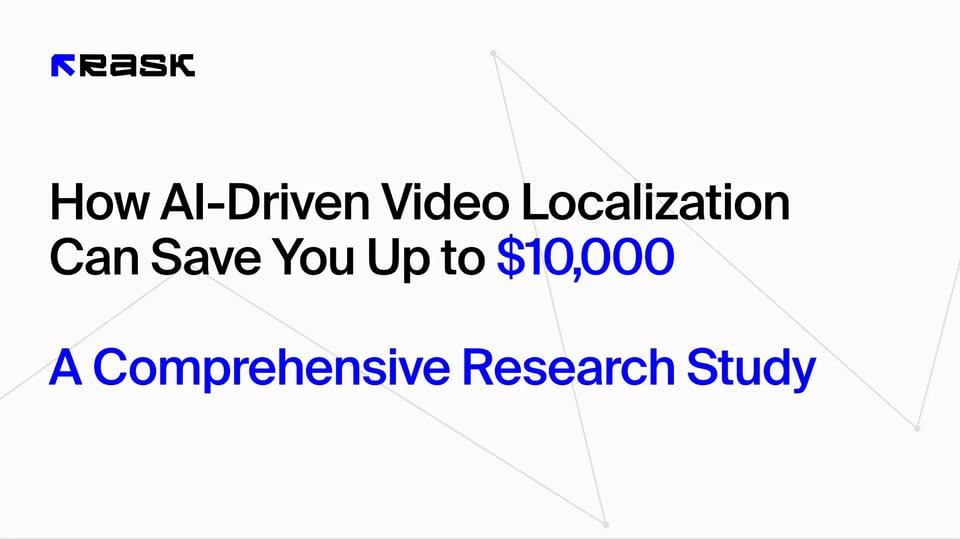
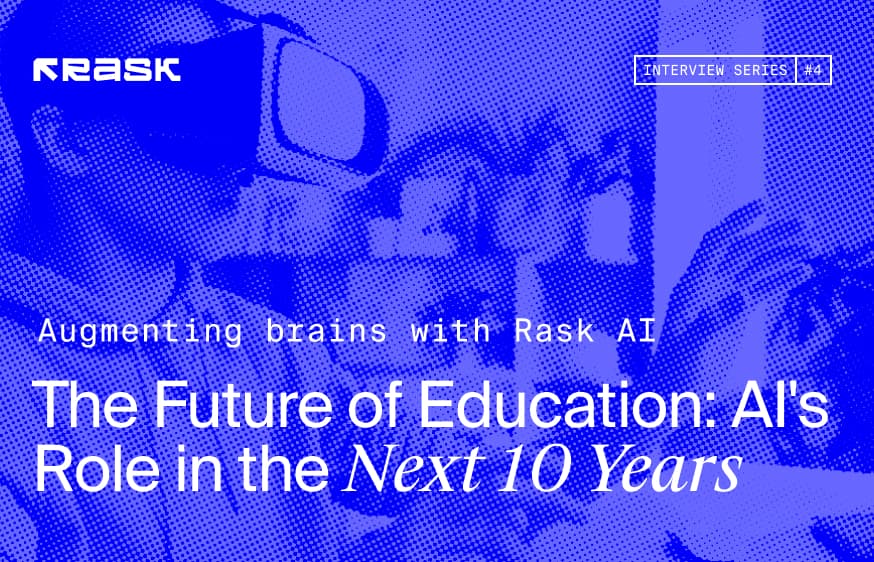
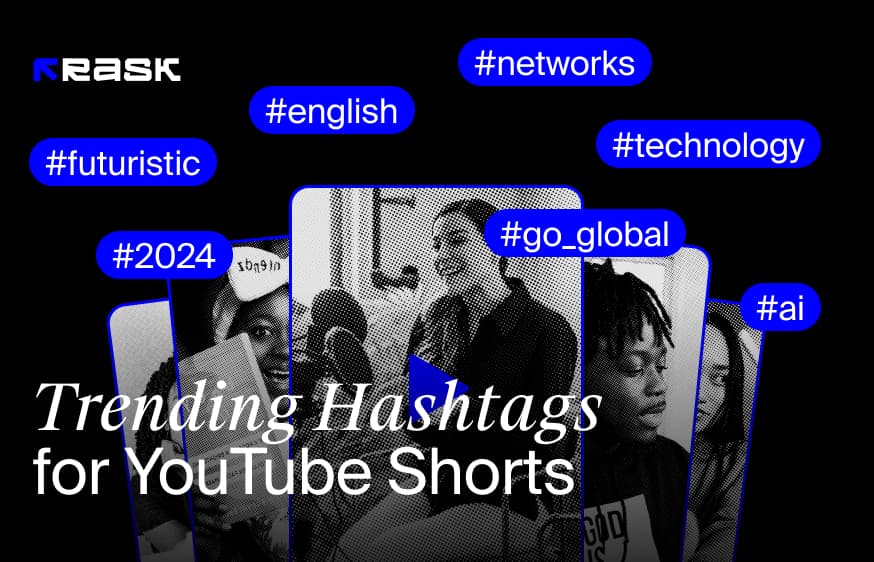
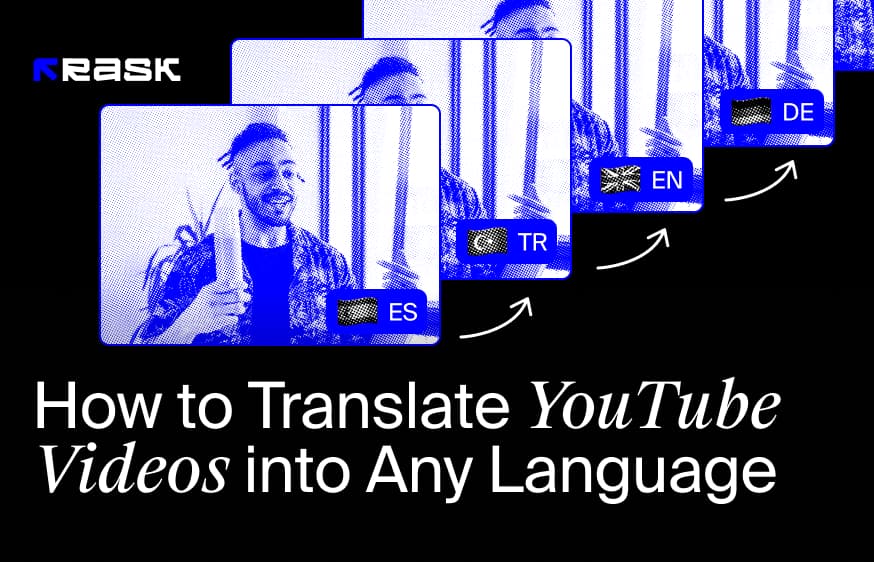
![콘텐츠 크리에이터를 위한 최고의 동영상 번역기 앱 8선 [2024년 중]](https://rask.ai/cdn-cgi/image/width=960,format=auto,fit=scale-down/https://cdn.prod.website-files.com/63d41bc99674c403e4a7cef7/6668a3dcd3175bd1d1c73c81_Best%20video%20translator%20apps%20cover.webp)
![비디오 현지화를 위한 최고의 AI 더빙 소프트웨어 [2024년 기준]](https://rask.ai/cdn-cgi/image/width=960,format=auto,fit=scale-down/https://cdn.prod.website-files.com/63d41bc99674c403e4a7cef7/66685014f68137eb05c89c16_Cover.webp)
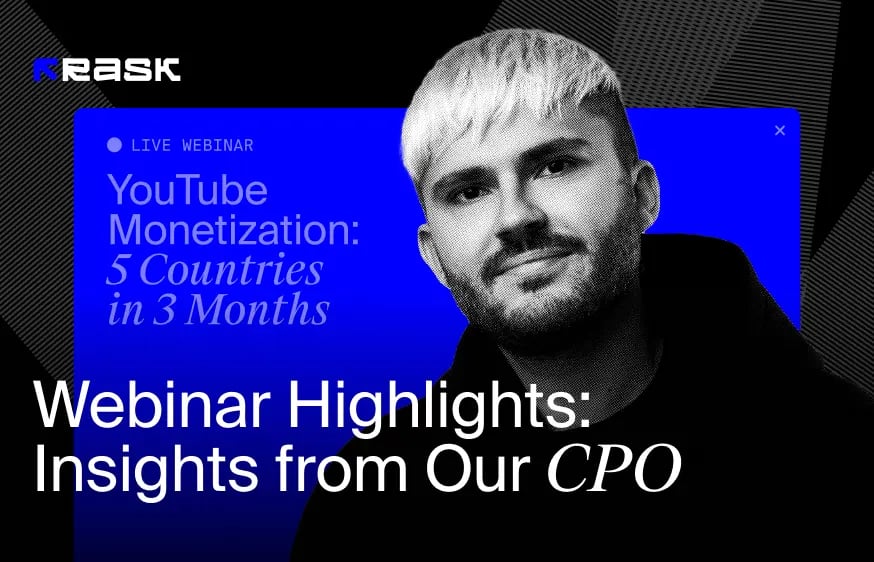
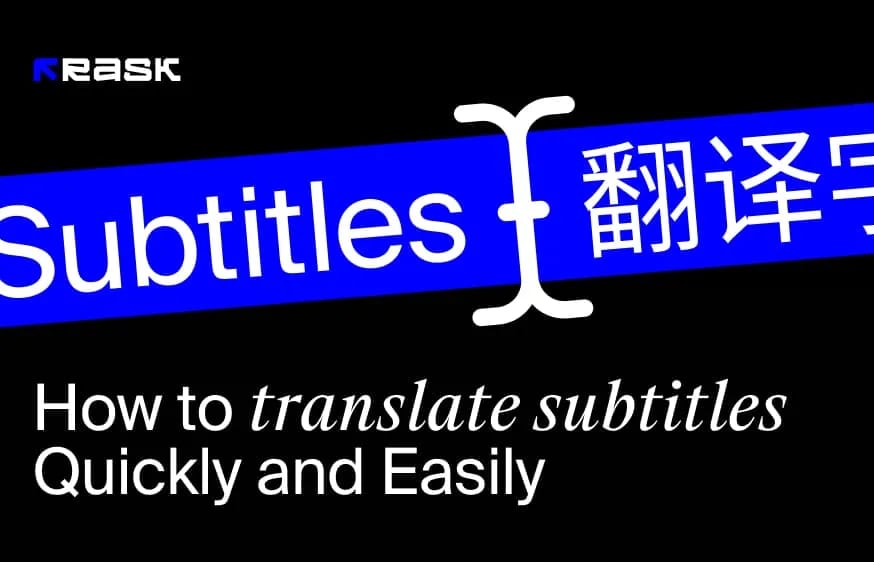
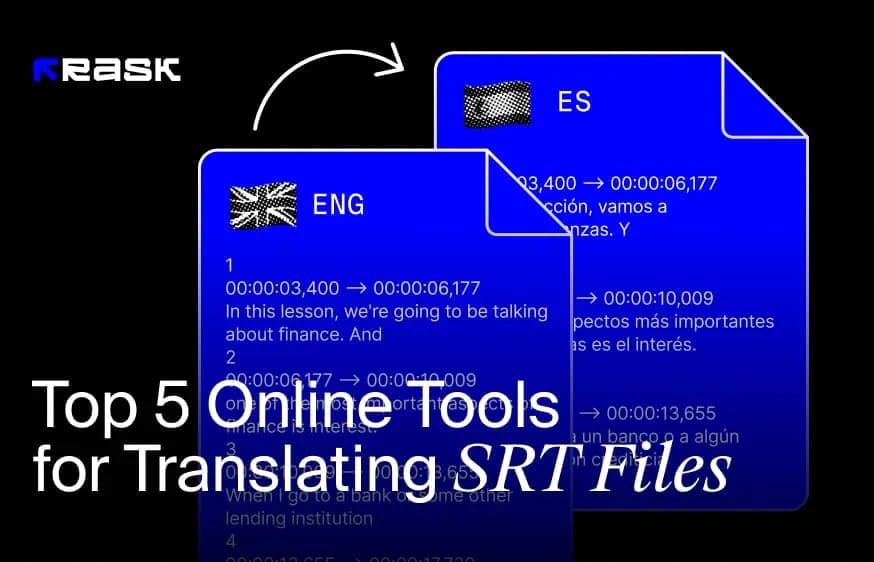
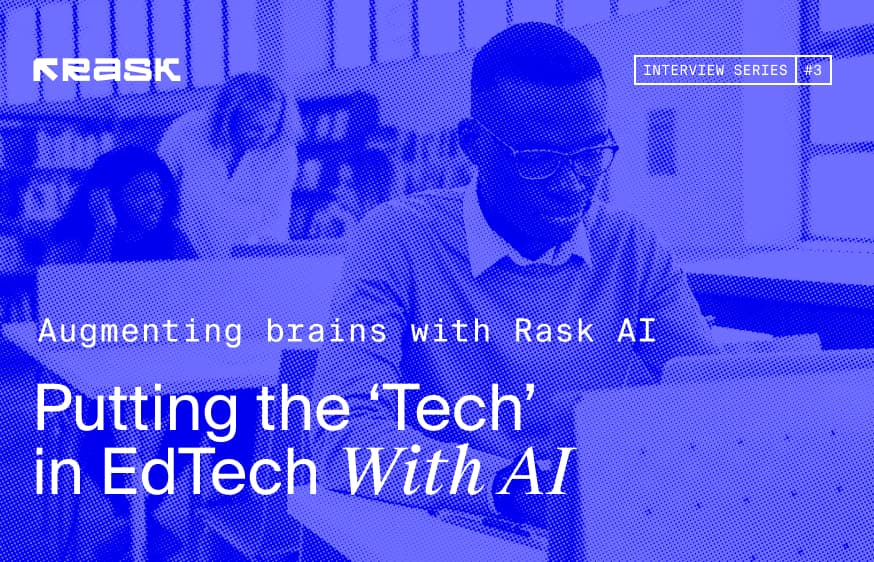
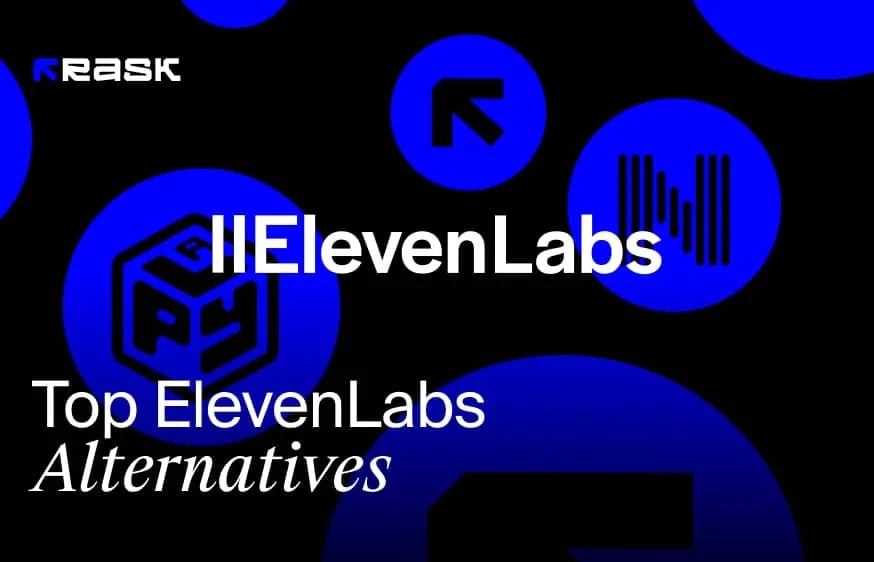
.webp)
